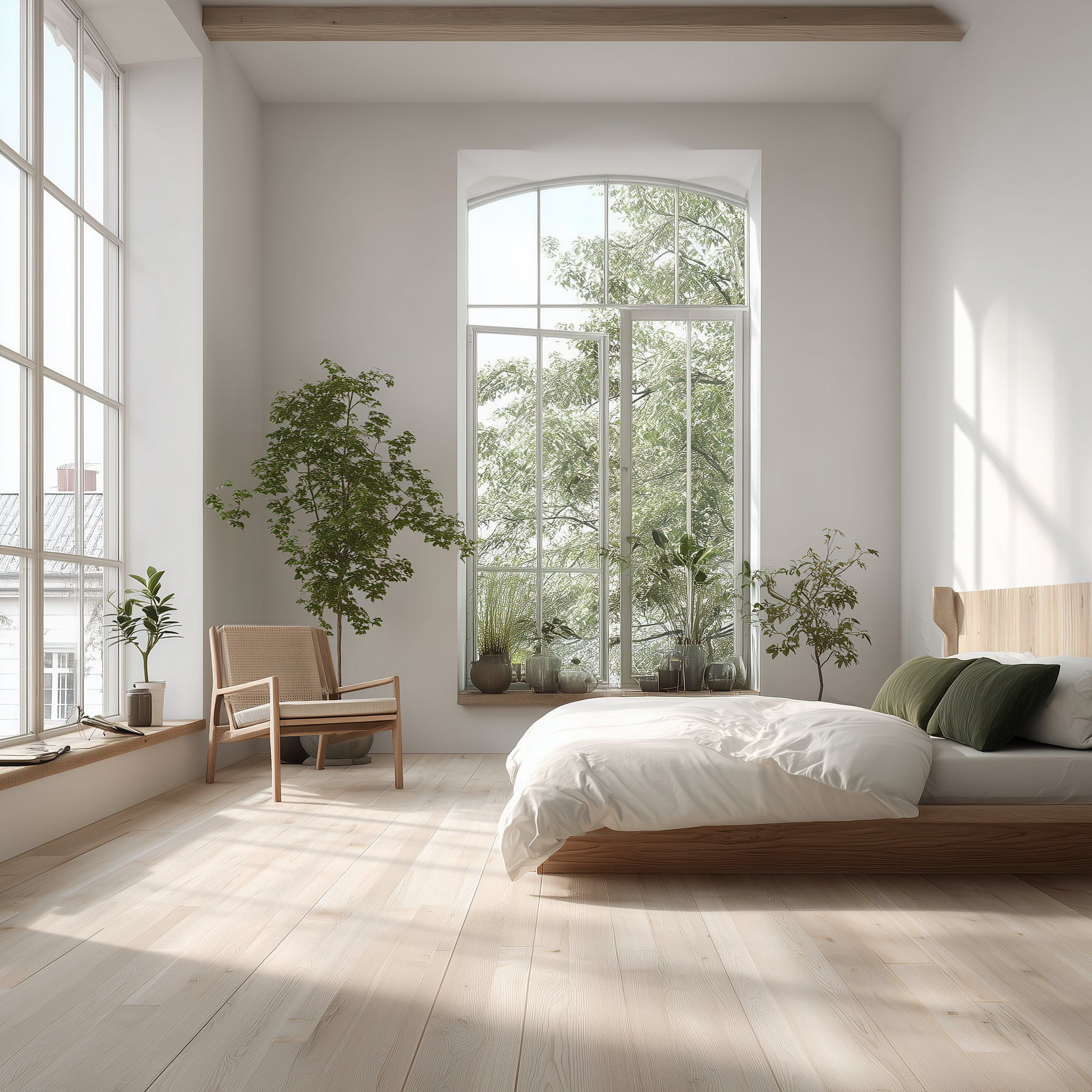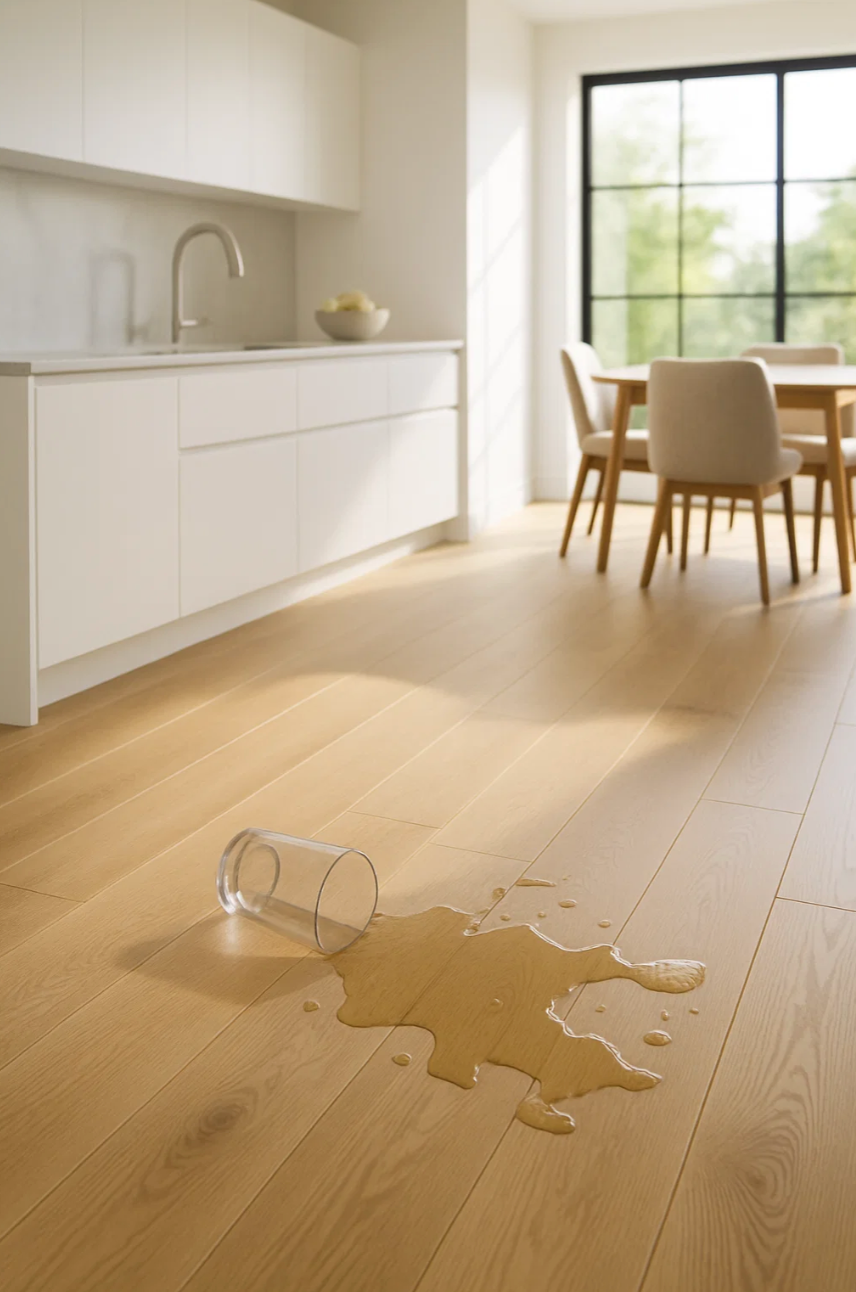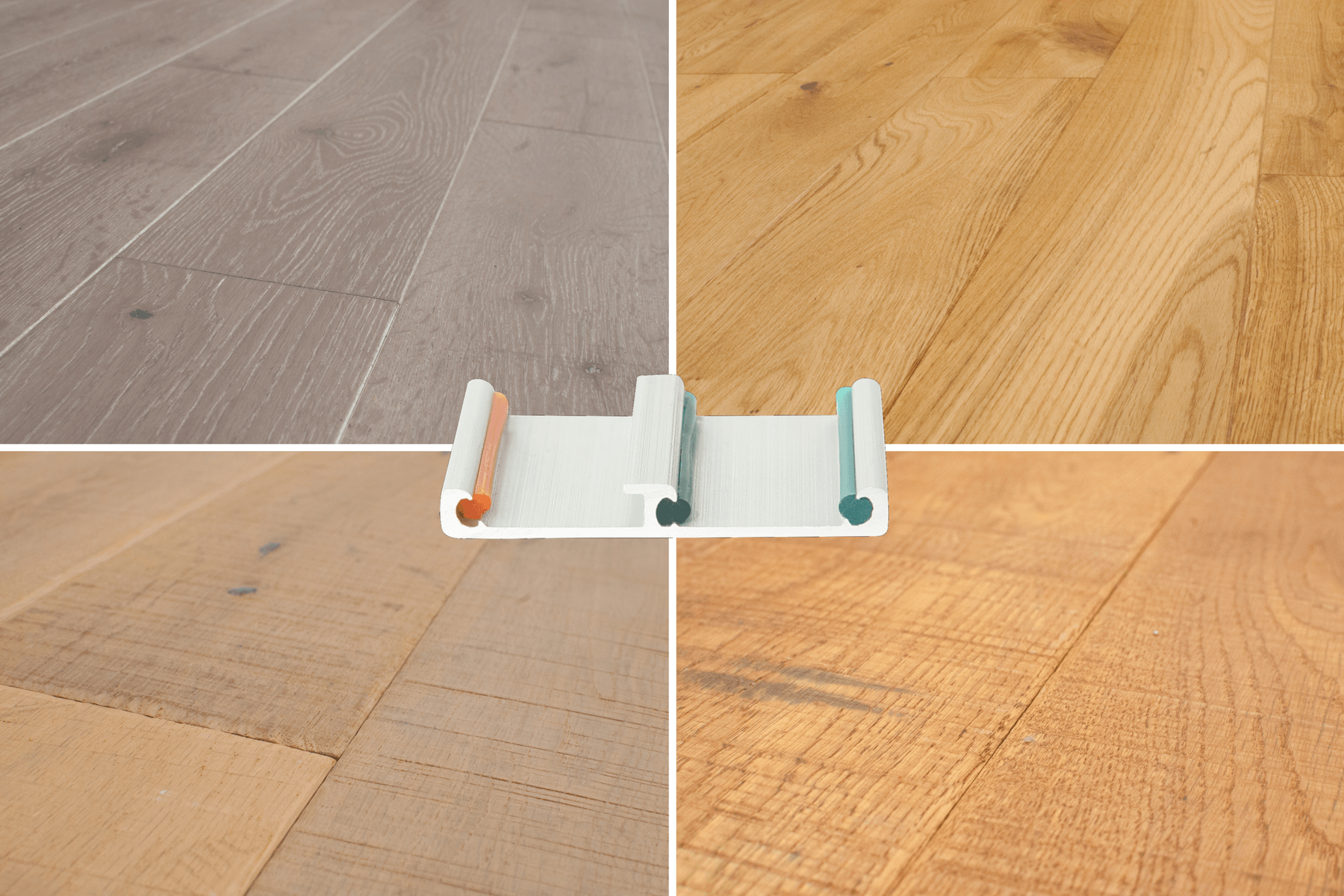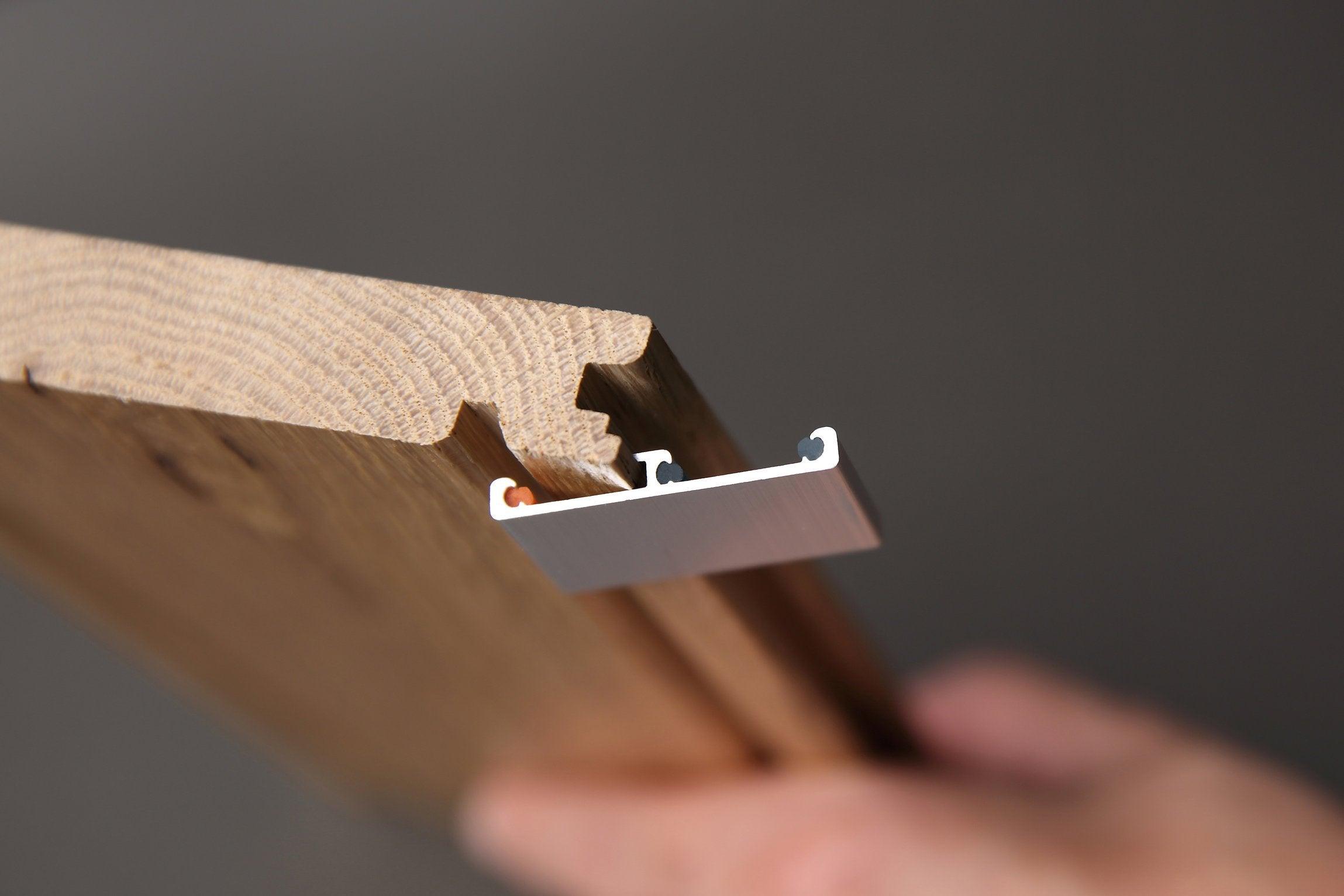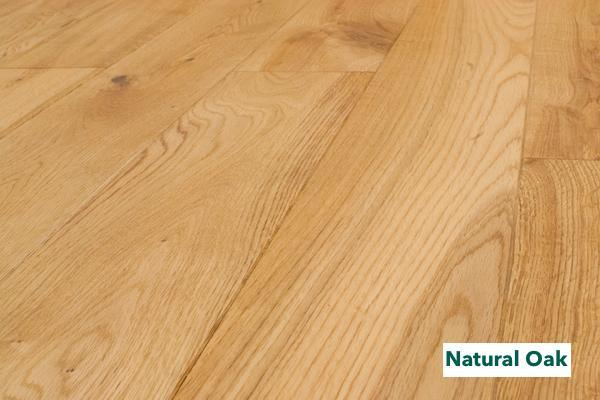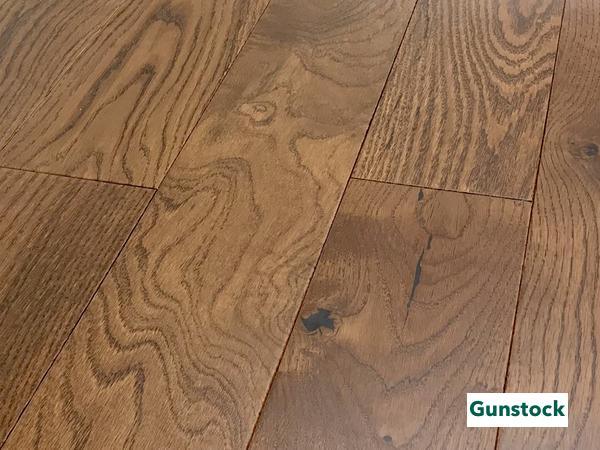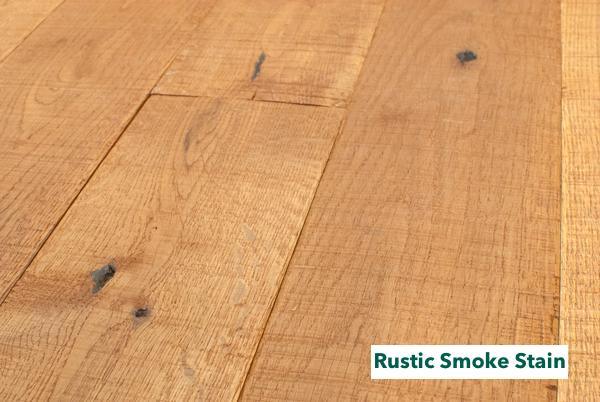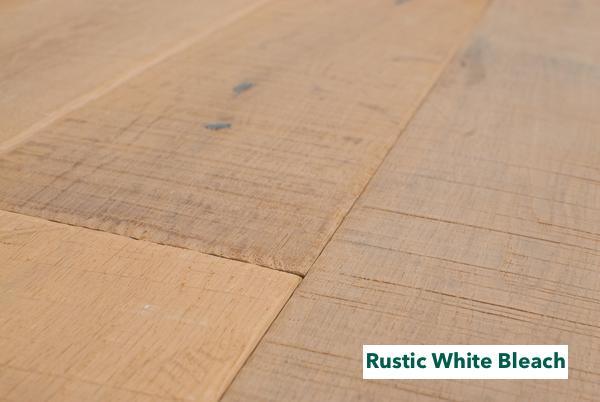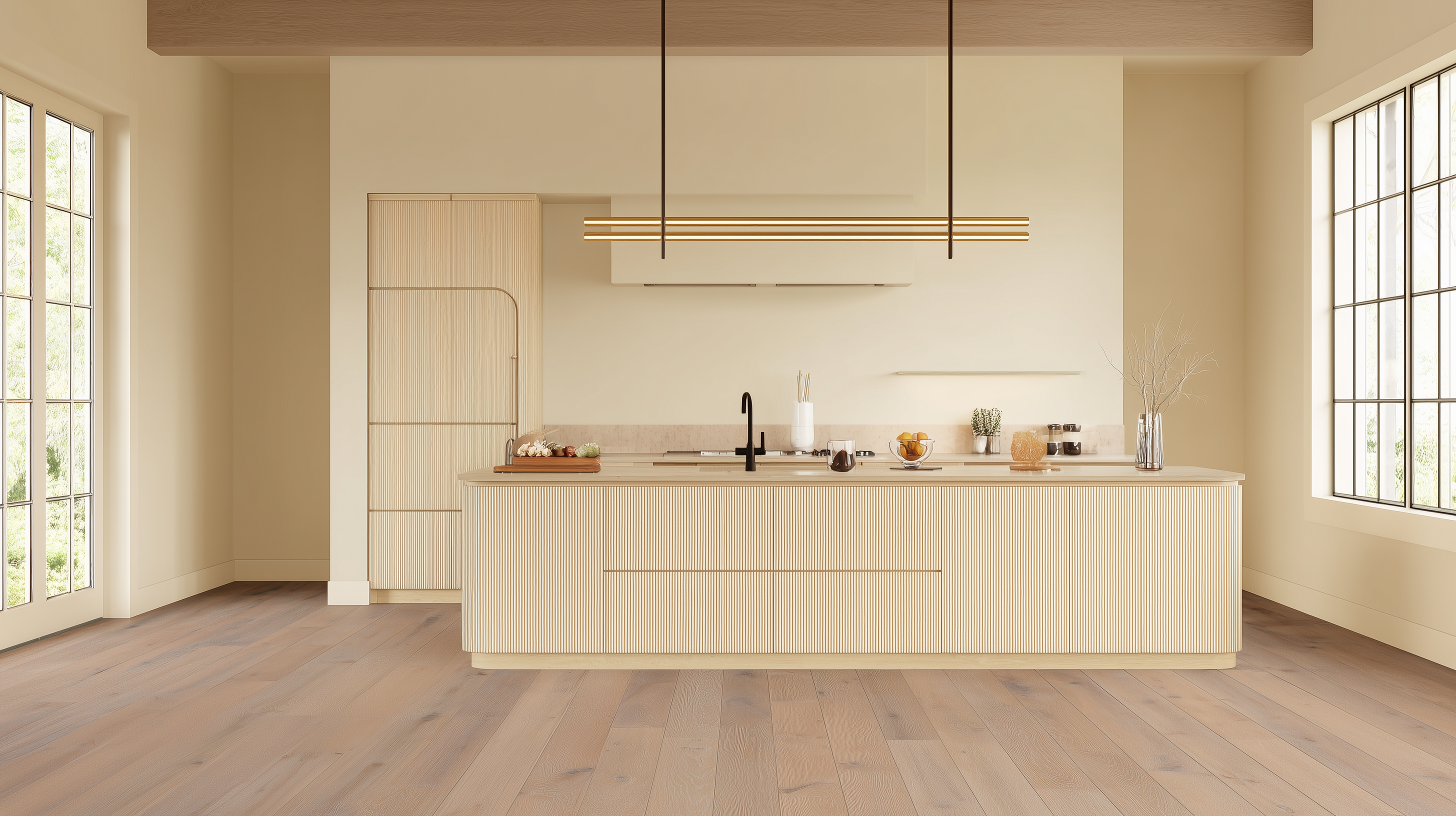When it comes to choosing flooring that can stand up to life’s spills, knowing the difference between waterproof vs water-resistant hardwood looring makes all the difference.
Hardwood floors bring warmth and character to any room, but when it comes to water, they meet their match. Spills, splashes, and humidity can all take a toll on natural wood, leading to staining, swelling, or even rot. For homeowners who love the look of hardwood but want to install it in kitchens, bathrooms, or basements, the question is inevitable: Can wood floors really be waterproof?
The truth is nuanced. While no solid hardwood can live in standing water indefinitely, new engineered options and protective finishes blur the line between water-resistant and waterproof. Understanding the difference — and where each is best suited — is the key to choosing a floor that will last.
Water-Resistant vs. Waterproof Hardwood Flooring: What’s the Difference?
Water-resistant and waterproof are two different characteristics. Let's define the differences between water-resistant and waterproof as it relates to hardwood flooring:
Water-Resistant Hardwood Flooring
A water-resistant hardwood flooring can repel water for a short time. Water beads up and does not absorb right away, giving enough time to wipe it up. A water-resistant hardwood floor is less likely to incur any lasting damage from short-term spills.
These materials are excellent for spaces where water is controlled, like in a powder room without a shower or bathtub. However, if left wet, water can get into seams and eventually under the topcoat, causing stains, mold, and mildew.
Waterproof Hardwood Flooring
A waterproof hardwood floor will repel water indefinitely like tile. It can't absorb water. To make hardwood waterproof requires a permanent sealer all the way around the board. Water won't penetrate the waterproof coating.
Typically, waterproof hardwood flooring materials will be more expensive, but you won't need to replace the floor after a few years, either. They offer long-term protection for wet rooms.
Does True Waterproof Hardwood Flooring Exist?
Although they use fancy trademarked names, "waterproof hardwood floors" are simply engineered hardwood floors with added waterproofing layers. They have a sandwich of synthetic materials on the bottom, a top layer of hardwood veneer, and a clear, waterproof coating over the hardwood.
It’s like a giant chemical lasagne that you can walk on!
Here are a few manufacturers and their version of waterproof hardwood flooring:
- Mohawk/RevWood – They call their sealer Hydroseal, and they combine it with a glueless locking system that traps water on the floor's surface.
- Shaw/Floorte – Choose from wood or vinyl for this brand of waterproof flooring.
- USFloors/Coretec – Engineered with wood veneers bonded to a hand-formed mineral core.
- Flooring America/Flooring Canada/Aquadura H2O – It offers a 100% waterproof warranty.
- Carpetone/Hydrotek - An engineered hardwood floor with a waterproof core and UV aluminum oxide finish.
- Innovative Flooring Supply/Noah - This brand is an engineered hardwood floor with conventional widths and wide planks.
Engineered hardwood flooring is an excellent compromise if you want the look of real wood in a continuously damp environment. Bear in mind though, engineered flooring is rarely environmentally friendly due to the chemicals and glues it is made of. Manufacturing is a resource-intensive process and at the end of its life, there is no way to recycle it. Its only option is to become another pollutant in a landfill.
Where to Use Waterproof Floors in the Home
Waterproof hardwood flooring looks great in any room. However, due to the added cost of manufacturing, it's best to reserve it for the wet rooms and use water-resistant flooring for the rest of the home. Some of the most logical places for waterproof wood flooring are:
- Entryways and Mud Rooms – Floors in these areas take a lot of abuse and must withstand wet shoes, dripping raincoats, and slush-covered winter boots.
- Bathrooms – Floors in bathrooms get wet every day. Anything less than waterproof floors in these areas will be costly.
- Utility/Laundry Rooms – Chances are these floors will get soaking wet from time to time. Using waterproof rather than water-resistant wood flooring in this room is insurance for a long-lasting floor.
- Kitchens – Depending on the amount of traffic, you can get by with water-resistant flooring. If you have people who love to cook and make a mess, you should opt for waterproof.
- Basements – Depending on the moisture, installing a wood floor in a basement will work provided there is a proper moisture barrier. Basements that flood occasionally or are continuously damp must have a waterproof floor.
You should install waterproof flooring in areas where there is the possibility of standing water or high humidity, such as hot tubs and saunas.
Hardwood Flooring in Basements: What to Consider
It's possible to install hardwood in a basement, but you need to prepare the cement slab first, even if you're installing waterproof flooring. This article provides in-depth information about installing wood floors in a basement.
All concrete slabs wick up moisture from the ground regardless of if they are at grade (ground level) or below grade (the basement level). Use a moisture meter to check how much moisture comes up to determine the best moisture barrier to use.
Waterproof Concrete Sealer
Just because a particular hardwood flooring is waterproof doesn't mean it won't become moldy and nasty from sitting on a wet slab. If the slab or basement on which your home sits is in an area with high moisture or a high-water table, you should seal and waterproof the cement slab before installing a hardwood floor. This will reduce the chances of mold and mildew growing under the floor.
Moisture Barrier Underlayment
When comparing waterproof vs water-resistant hardwood flooring, the difference lies in how long each can resist moisture before damage occurs. Another option to prevent moisture damage is to put down a moisture barrier underlayment. Typically, this is plastic sheeting that has sealed seams. It creates a barrier between the hardwood floor and the cement slab that is impervious to water.
Moisture barriers, also known as vapor barriers, prevent moisture from contacting the flooring. Some moisture barriers also have underlayment pre-attached for added comfort and soundproofing.
Sealing the concrete slab and installing a moisture barrier will go a long way to protecting any hardwood floor. But is the hardwood floor waterproof? Not yet.
Can You Waterproof Your Existing Hardwood?
Waterproof hardwood flooring can withstand direct contact with water indefinitely and not affect the look. Water-resistant floors give you time to clean up spills but will affect the appearance if not dried quickly.
The best you can do for pre-installed hardwood floors is to make them highly water-resistant. Due to the exposed plank edges and ends around the room, standing water can absorb into the wood. That doesn't mean you can't give your wood floors a fighting chance against occasional spills. Two or three coats of quality polyurethane over a freshly sanded and vacuumed floor will do the trick.
How to Make a Floor Water-Resistant
Pre-finished solid hardwood floors automatically have built-in water resistance. If you plan to refinish the hardwood floor, here are the necessary steps:
Step 1 – Clear the room – Remove all furniture and obstacles from the floor. This is your opportunity to do spot repairs and to fill gaps, and repair gouges.
Step 2 – Sand the hardwood floor – A quality sanding job is critical to the final finish's success. It's the most time-consuming and tedious process but necessary to get a good result. Start with the edges and use rough grit sandpaper. Depending on the hardwood floor's condition, you'll need two to four passes changing to finer sandpaper each time. End with 180 or 220 grit. Next, thoroughly vacuum and dust between passes. Our article, How to use a wood floor sander machine, has some excellent tips.
Step 3 – Apply the Finish – To ensure the most protection and the best look for the solid hardwood floor, follow the manufacturer's instructions for applying the top finish. If possible, do the work on a warm, dry day to finish the hardwood floor.
It is possible to create a uniformly sealed hardwood floor surface using polyurethane and allow it to stand up to wet feet and dogs coming from the outdoors or the shower. Multiple coats will prevent spills from soaking into the board's seams and give you time to clean them up.
A Smarter Approach to Water and Wood
When it comes to waterproof vs water-resistant hardwood, there’s no single answer to the question. Engineered products with sealed cores offer true waterproofing, making them well-suited for bathrooms, basements, and utility spaces. Traditional solid hardwood, especially when finished with multiple layers of polyurethane, provides durable water resistance that’s more than adequate for kitchens, entryways, and family rooms.
The real decision is about balance: balancing budget with performance and aesthetics with practicality. For most homes, a water-resistant hardwood floor provides timeless beauty without unnecessary expense. And when installed as a floating system, like Easiklip’s solid oak planks, you get the added benefit of flexibility and protection, with no nails or screws piercing your moisture barrier.
Hardwood may never be tile, but with the right approach, it can live beautifully in almost every room of the house.
Ready for Hardwood That Can Handle Real Life?
Explore Easiklip’s collection of solid oak floating floors — prefinished with four coats of UV-cured polyurethane for natural water resistance and long-lasting durability. Perfect for kitchens, living rooms, and even basements with the right moisture protection.
